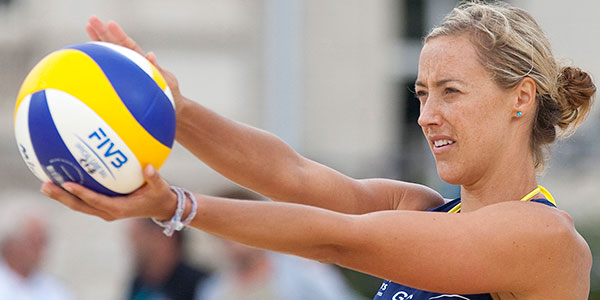User blogs

The Power of Visualization for Athletes
Do you use visualization or imagery with your training regimen? Most athletes do not visualize or might only visualize before important competitions.
Visualization is the process of mentally rehearsing a scene in your mind to learn skills or enhance performance and consistency.
Interestingly, an overwhelming number of Olympic athletes visualize daily and credit visualization as a significant contributor to their successes.
Why do some athletes avoid visualization when elite athletes take advantage of visualization to take their performance to the next level? Athletes who have doubts about visualization ask the following three questions:
1. Does visualization work? – Absolutely! Many athletes around the globe use visualization to learn new skills, deal with pain, improve their focus, manage competitive emotions, feel comfortable in new competitive environments, overcome adversity, maintain poise, and foster peak performance.
2. How does visualization work? – When you intentionally create images in your mind, you form muscle memory facilitating the replication of those images in practices or competitions. When you successfully visualize positive outcomes, you lessen the anxiety when performing those skills in physical competitions.
3. How do I start visualizing? – Start by getting relaxed with deep breathing or meditation. Visualization is most effective when you start with a relaxed mind and body. You may want to start by writing out a script to follow to avoid missing out on any details. You can record your own script as a guided imagery program.
Visualize only successful outcomes…
USA volleyball players Alix Klineman and April Ross won the gold medal in beach volleyball at the 2020 Tokyo Olympics.
Klineman Ross became only the second U.S. women’s duo in history to win an Olympic gold medal in beach volleyball.
When asked how she pumps up and prepares for a game, Klineman pointed to visualization as a significant component.
KLINEMAN: “I do some visualization, which has been really powerful. I visualize myself in my body, so instead of looking at myself from another perspective, I see myself on the court, going through different skills and doing them really well. It’s like this positive reinforcement of knowing what it feels like, looks like, and how to execute it at a really high level… There’s a really powerful connection between body and mind, which I think a lot of people don’t realize.”
Visualization or mental rehearsal is a powerful mental tool to raise the level of your game. When you use mental rehearsal with your physical training, you will improve consistency, you mental game, and take your game to a new level.
If Olympians use visualization to achieve greater results, you can also raise your game by adding visualization to your daily training schedule.
Visualization And Peak Performance
To improve your visualization skills, you must be patient with the process. Most athletes give up on visualization too quickly because they don’t see immediate results or find it challenging to create vivid images in their minds.
And remember that visualization is not always about visual images. You might be more feel-oriented and want to feel your performance instead. Most athletes use a combination of modalities to mentally rehearse their performance.
By Patrick Cohn
